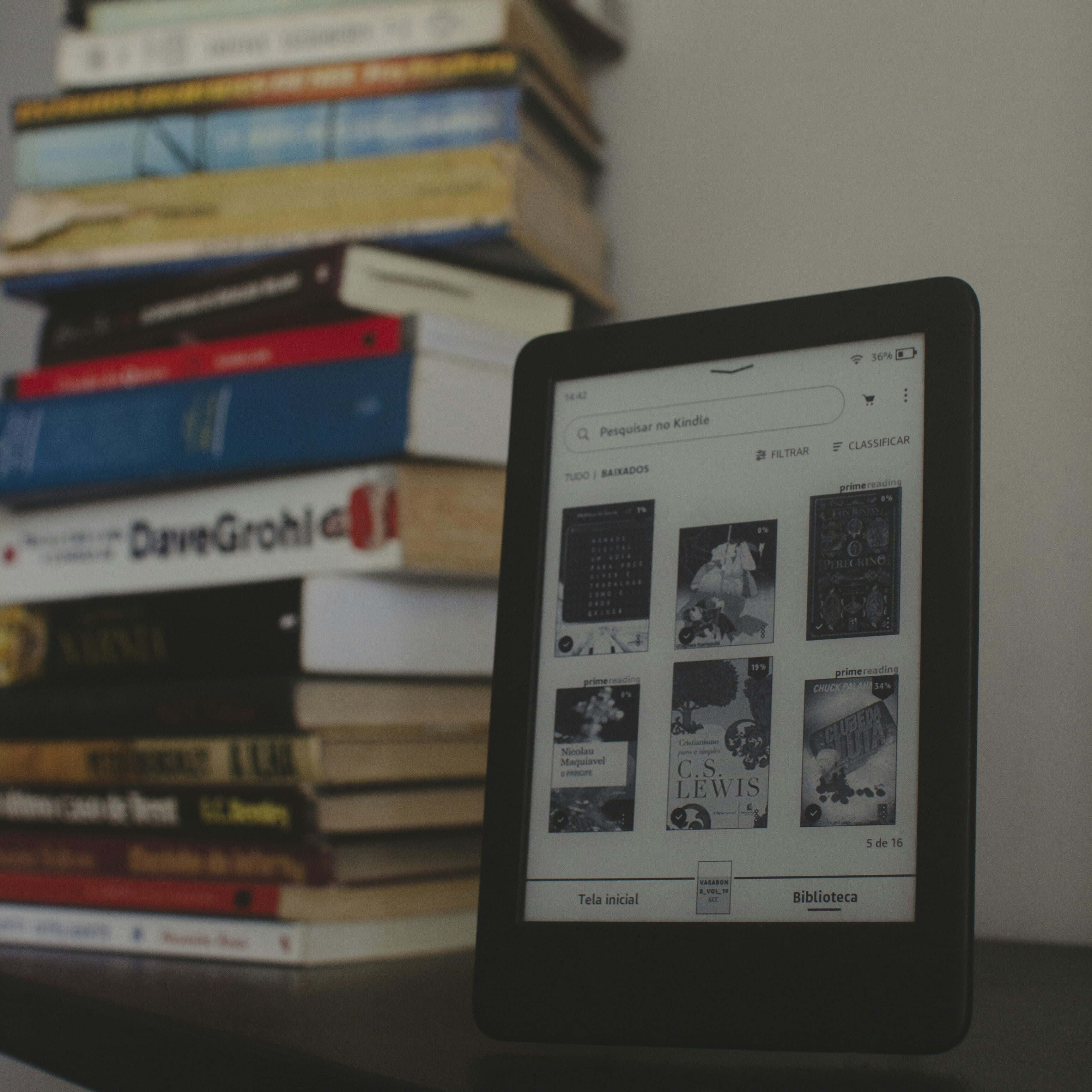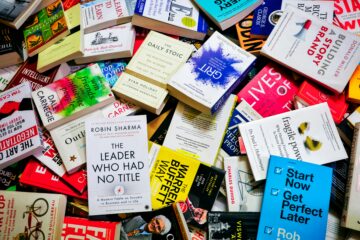ePub vs. MOBI vs. PDF: Which is better for eBook formatting?

If you’re an author, I’m sure you’ve considered self-publishing your book as an eBook. You’ve probably read some pretty inspiring success stories about authors who have sold a substantial number of books on the Web. And even those who haven’t sold very many at least were able to get them online and out in front of the public. That might not have happened if they were still trying to get their books accepted by acquisitions editors at traditional publishing houses. But have you considered how to do your eBook formatting?
But deciding to self-publish an eBook seems to lead to a lot of questions, many of which we hope to answer in future posts on this blog. One of the first things you’ll have to decide is which eBook formatting is the best for you. The most-common formats are ePub, MOBI (used on Kindle) and PDF.
Pros and Cons of PDF
The eBook formatting you’re probably most familiar with is PDF (Portable Document Format) since that’s the file format used with Adobe Reader, which is installed on most computers. So it might seem that it would be your best bet, being that almost anyone with a computer can open a PDF file. But, here are some factors to consider:
If you try opening a PDF eBook on a phone and you’ll immediately see some problems. PDF files contain static text, so if there are 400 words on a page when you create it, there will be 400 words on a small iPhone screen. Obviously the text will be too small to read, so you’ll have to enlarge the page. And then you’ll have to move it around with your finger in order to read everything on the page.
Benefits of ePub
On the other hand, text in ePub books is not static. Instead, it flows. ePub eBooks display as much text as will fit on the screen, depending on the text size the user has chosen. So all the user has to do is read and flip pages. Very nice. MOBI does the same for eBooks on the Kindle.
And MOBI?
ePub and MOBI are very different, technically-speaking, but not so different for the reader. ePub tends to format books in a way that looks closer to what the author initially sets up than MOBI does, especially with spacing. And MOBI files of same books tend to be quite a bit fatter, sometimes double in size. However, if you want to sell your book on Amazon, then it needs to be in MOBI format.
Deciding on a format
Still unsure about which format you should use? If you want to reach readers who will read your eBook on their computer, then your best bet is PDF. If you want to reach those who will read on their iPhone or Android phone then you’re better off going with ePub. And if you want to sell to Kindle users, then MOBI is the format to use.
But wouldn’t you rather reach them all? Then why not make your eBook available in each of the three most poplar formats? Considering how cheap it is to produce eBooks, it makes sense to publish your eBook in a way that makes it accessible to anyone who wishes to read it. That’s why eBook formatting is so varied, and why each author must make the choices that suit them best.


